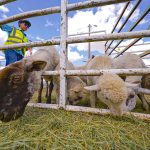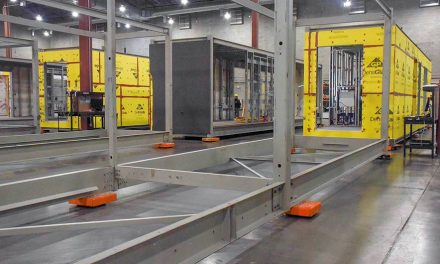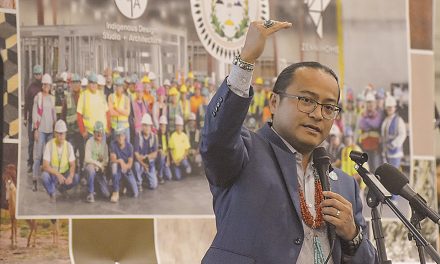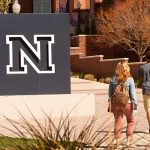
As tribe waits for funds, enterprises pitch in
WINDOW ROCK
As Navajo waits for federal stimulus dollars to assist in its fight against the coronavirus, the Nation has been relying on $2.75 million its enterprises have contributed to the cause, along with funds from outside agencies.
It’s been three weeks since the first two COVID-19 cases hit Navajo on March 17, and the numbers have continued to soar. By the time this article hits the newsstands, the total COVID-19 cases will be well past the Wednesday morning total of 426 and 17 deaths.
The Huffington Post reported the federal government did not want to give any dollars to Native American tribes during this coronavirus pandemic, and Republicans wanted to give less than the $10 billion in the emergency funding that tribes initially received from the $2 trillion stimulus bill. And right now, even with funds promised, Navajo has been using its own resources to address the virus.
“No, but we are fighting for funds every day and we hope to see it very soon,” said President Jonathan Nez of whether any funding has been received from the stimulus legislation.
So far the Navajo Nation has received $500,000 in monetary assistance from Diné Development Corporation; $250,000 from Navajo Transitional Energy Company; $1 million from Navajo Agriculture Products Industry; and $1 million from Navajo Housing Authority. And collectively Navajo received $250,000 from APS, the Salt River Project, Tucson Electric Power and employees of the Four Corners Power Plant.
As a public service, the Navajo Times is making all coverage of the coronavirus pandemic fully available on its website. Please support the Times by subscribing.
How to protect yourself and others.
Why masks work. Which masks are best.
Resources for coronavirus assistance
With the creation of its Community Heating Resource Program, NTEC donated 8,368 tons of coal this winter, a 69.6 percent increase over last season, which includes donations for COVID-19 relief efforts. NTEC covered all costs including coal, labor, and delivery totaling more than $870,000, according to NTEC.
Other contributions came from the University of Arizona, which donated 250 COVID-19 testing kits, and the Navajo Nation Gaming Enterprise, which contributed food and other essential supplies in cooperation with Labatt Food Services. “These are all verified dollars that have come into the Navajo Nation,” said Nez during last Friday’s town hall. “I know there are some who will say ‘We’ll throw in this or that,’ but once they come here we will announce they have done that.”
The Navajo Nation Council passed a $4 million emergency funding bill on March 20, and Nez approved the resolution the same day. But donations from NHA and the enterprises are being used first because they were made available sooner.
“Yes, we use our own money but we are going to give this $4 million invoice back to the federal government and ask for reimbursement,” said Nez. “While the rest of the 50 states … and other regions throughout the country are getting direct funding, tribes are yet to get direct funding.” Regarding the $8 billion Coronavirus Relief Fund, federal stakeholders have suggested that tribes should see the funds by April 24.
Currently, the U.S. Treasury Department and the Department of the Interior are holding virtual tribal listening sessions on how the $8 billion should be distributed to Indian Country. The Navajo Nation will be submitting comments by their April 13 deadline, said Nez.
The bipartisan Senate agreement will establish an $8 billion Tribal Government Relief fund. The agreement also contains over $2 billion in emergency supplemental funding for tribes, urban Indian health programs, and Native communities, including $1.032 billion for the Indian Health Service, with significant funds put in the field through tribal shares and urban organizations. Since the Navajo Area Indian Health Services is a federal government program, it received $2.3 million.
“The money that has been appropriated for COVID-19 that has come to Indian Health Service has been distributed and disbursed to all of the ’638 facilities, as well as the Navajo Nation,” said Roselyn Tso, Navajo Area Indian Health Services director, during last Friday’s town hall.
Nez emphasized the Navajo Nation will be seeking every opportunity for funds to help fight COVID-19. Just recently they applied for a $750,000 grant from the Centers for Disease Control and Prevention.








 Highway 264,
Highway 264, I-40, WB @ Winslow
I-40, WB @ Winslow